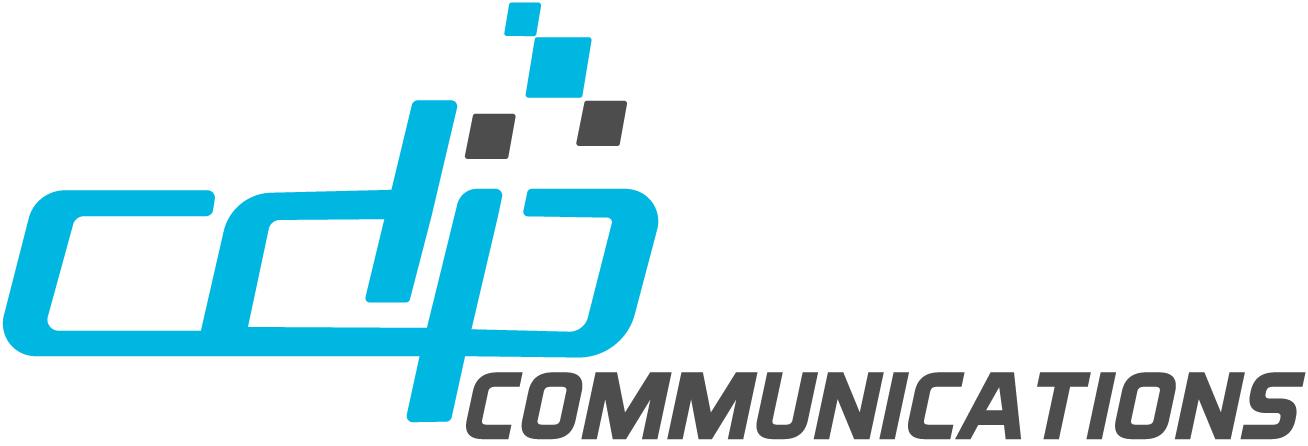If your organization has a website in the Province of Ontario, you will need to be aware of the digital accessibility compliance standards at play regionally. It is exceedingly important to not only be aware but to be taking the appropriate action. There are of course risks and rewards. Risks including penalties and lawsuits, and rewards include improved engagement and a boost to your brand.
The main idea here is to ensure that everyone, including people with disabilities, can access your organization’s online content. This is where digital accessibility compliance standards come into play, and like other jurisdictions, the province of Ontario has its own set of regulations. Together, let’s examine why it is important, and what it entails.
So first, what are these standards?
It is really a set of guidelines and regulations to ensure digital content is accessible to everyone, including people with disabilities. These standards were created with equality and far-reaching societal benefit in mind, and are intended to make sure that websites, mobile applications, and other digital content can be used by people with visual, auditory, motor, or cognitive disabilities.
The province of Ontario has its own set of accessibility compliance standards that organizations must follow. These standards are outlined in the Accessibility for Ontarians with Disabilities Act (AODA) and the Integrated Accessibility Standards Regulation (IASR).
The IASR sets standards in the following five areas: information and communications; employment; transportation; design of public spaces; and customer service. The compliance dates of this Regulation are staggered, allowing for a gradual implementation over several years. While some organizations have diligently stayed on top of it, there are many organizations that are lagging far behind. This can be because of many different factors, including a lack of expertise in-house, a lack of knowledge or expertise around digital accessibility, and sometimes a lack of prioritization for this crucial initiative.
Who does it apply to?
The AODA was enacted in 2005 and applies to all public and private sector organizations in Ontario. The IASR was enacted in 2011 and outlines specific requirements for digital accessibility. The set standards and regulations in Ontario require that organizations create and maintain accessible websites, mobile applications, and other digital content. This means that digital content must be designed and developed with accessibility in mind, and it must meet the established criteria to be considered accessible. It is always best to make sure that accessibility is ‘built in’ from the start, as trying to retrofit it into a website or mobile app after the fact can be much more difficult, time-consuming, and often much more costly. Setting accessibility as a priority while it is still ‘in the wireframes’ is best practice.
Why are digital accessibility compliance standards important?
These compliance standards are important because they ensure that everyone has equal access to digital content. People with disabilities often face barriers when accessing online content, and digital accessibility compliance standards help to remove those barriers.
Also important to note: there are legal consequences for organizations that fail to comply with digital accessibility regulations. The Ontario government has the power to issue fines and penalties to organizations that do not meet the applicable standards in Ontario.
Some of the key requirements
The established rules and regulations in Ontario outline specific requirements for digital content. Some of the key requirements and guidelines include:
1. Web Content Accessibility Guidelines (WCAG)
WCAG is a set of guidelines developed by the World Wide Web Consortium (W3C) that provide a standard for digital accessibility. The legislation in Ontario requires that digital content meets WCAG 2.0 Level AA standards. It is even better to seek conformance with the newest and latest iterations of WCAG.
2. Alternative Formats
Ensuring digital content accessibility is vital. Alternative formats are essential for people with disabilities. The ‘accessible on demand’ approach isn’t fully inclusive or compliant with the law. Discrimination against disabled users must be avoided. Therefore, remediating digital documents is imperative, especially for public-facing materials, to serve everyone equally and justly. Best practice is to make content accessible before it is made public. You cannot predict how a document will be used and when it is needed to be in an accessible format. Delaying document remediation creates inequality and unfairness for users with disabilities. Accessible content should be available by default before it is released to the public.
3. Captioning and Audio Descriptions
Video content must be captioned and audio-described to ensure that people with hearing and vision impairments can access the content.
4. Keyboard Accessibility
Digital content must be designed so that it can be accessed using a keyboard only. This ensures that people with motor impairments can access the content. If a mouse is the only way to navigate and engage, your digital presence is out of compliance and offering an inaccessible user experience.
5. Contrast Ratio
Digital content must have a sufficient contrast ratio between text and background to ensure that it can be read by people with visual impairments.
How can organizations comply with the established digital accessibility compliance standards in Ontario?
Compliance requires a concerted effort by organizations. They must first conduct a Digital Accessibility Audit. In doing so, they can determine the accessibility of their digital content, and then make prescriptive changes. This audit will identify areas that need improvement and help organizations create a plan for compliance. With this ‘roadmap’ in hand, they can work with experts to put in place the necessary and prescribed fixes needed to bring their digital presence into compliance and improve usability. And, with new content posted to websites and various other site updates, it usually isn’t a “one-and-done” thing.
Be cautious of overlay and widget vendors promising quick accessibility fixes with one line of code. These solutions are often ineffective and disapproved by reputable disability organizations. Proper accessibility requires comprehensive and thoughtful design.
You can establish a plan and a roadmap forward with expert help and guidance. Starting on the right path can be as easy as contacting an organization like CDP Communications. CDP has been partnering with companies as digital problem solvers since 1984, providing effective digital document solutions. Get the audits, reporting and prescriptive next steps toward improved accessibility, usability and compliance that you need. Reach out today




